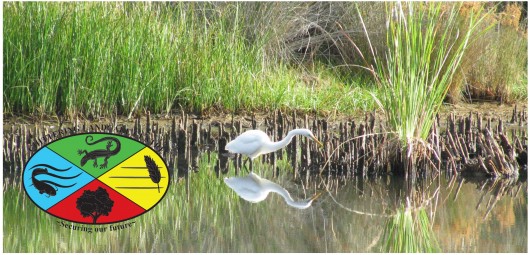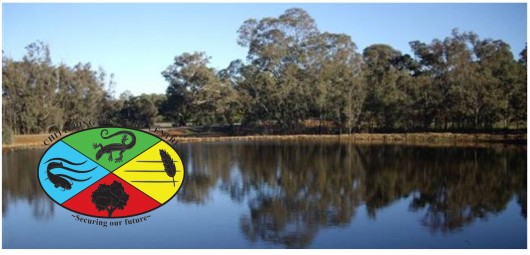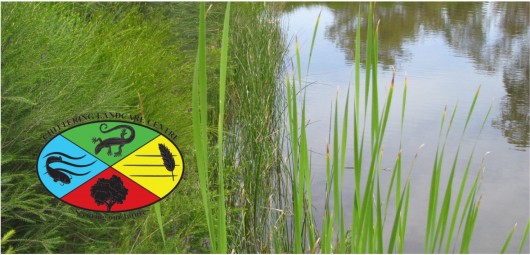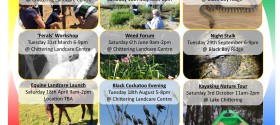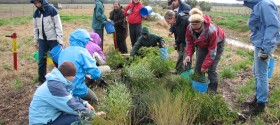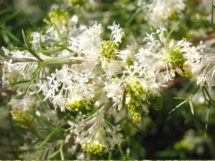Nature Notes
December is Birak in the indigenous calendar – (first summer, season of the young). Warm dry weather has set in with easterly winds in the morning and the sea breeze in the afternoon. This was the traditional time of year the Noongars did mosaic burns across their land. Burning was carried out to reduce fuel levels and make travel across country easier, increase grazing areas for animals and aid in seed germination of some plants.
We are still collecting information for our database of black cockatoo activity in Chittering and surrounding areas. If you think you have red or white tail black cockatoos nesting or roosting in trees on your property give us a call on 9571 0400 or email chitteringlandcare@iinet.net.au.
Threatened Flora of the Month
Grevillea corrugata
Conservation status: Declared Rare (Threatened)
Commonwealth EPBC Act: Endangered
WA’s Wildlife Conservation Act 1950 listing: Vulnerable
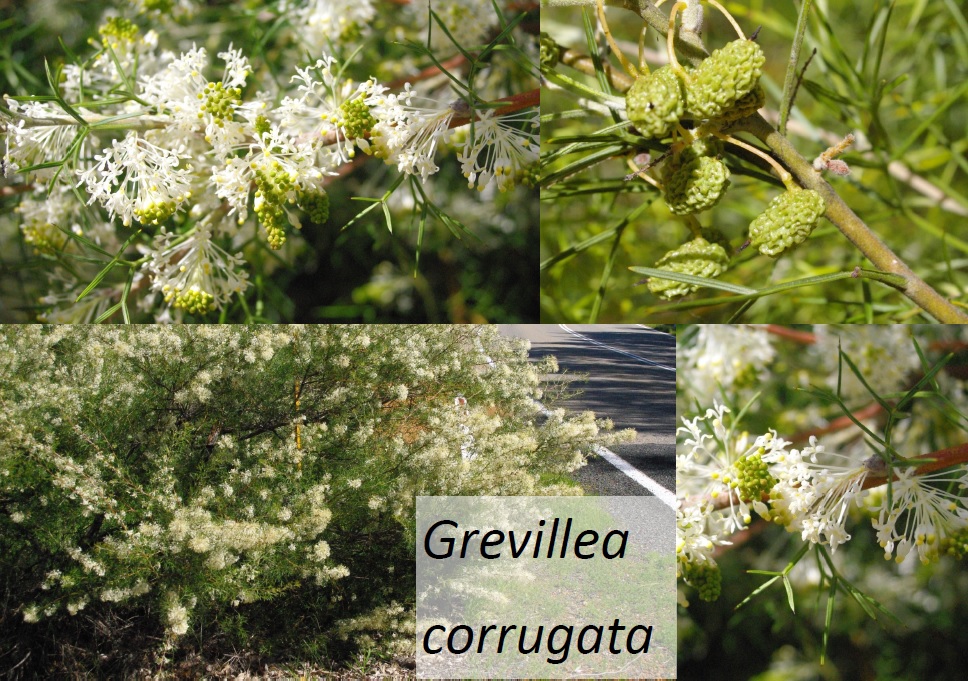
Grevillea corrugata is a dense shrub to 2.5m high and 2m wide. The branchlets are hairy when young. The leaves are 35 to 60mm long and divided to the midrib. The lobes of the leaf are up to 35mm long and to 1mm wide. The flowers are white in an axillary or terminal raceme and are followed by oblong to ellipsoidal fruit 7 to 11mm long. The fruit have a wrinkled surface giving rise to the specific name corrugata. It is closely related to Grevillea curviloba, another threatened species which occurs in the Chittering area, but differs in being more upright in habit with more widely spaced leaves and having villous floral bracts.
Grevillea corrugata was first collected from a road verge near Chittering in 1992 and during surveys in 1997 and 1998 found to be present also on the adjoining private property and further along the same road verge. It is known from just the one confirmed population of 1382 mature plants. The extent of the occurrence is approximately 132sq km with the area occupied by the plants being less than 1 square km. It occurs on granite outcrops and hillsides in loam and clay soils. Associated species are Eucalyptus marginata, E. wandoo, Hakea trifurcata, Acacia pulchella, A. saligna and Gastrolobium spinosum.
Grevillea corrugata is thought to be short-lived, and to be killed by fire and regenerate from soil-stored seed. Threats to the population are road and firebreak maintenance, altered fire regimes, weed invasion, rubbish dumping and maintenance of utilities. As it is known only from road verges and private property, insecurity of tenure is also a threat. Alteration in local surface hydrology or drainage may significantly impact the species.
If you would like more information on our activities email us at chitteringlandcare@iinet.net.au or phone us on 9571 0400. You can also follow us on Facebook or get in touch through our website www.chitteringlandcare.org.au.
The Landcare Crew
